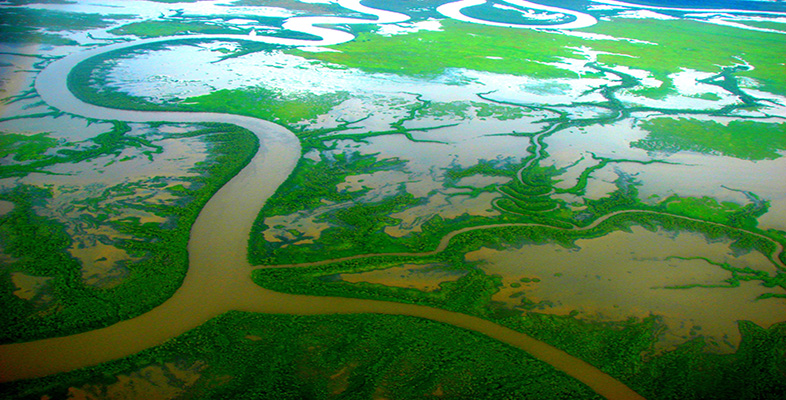2.1 When to use each diagram
For each diagram description below there is a suggested Activity which is itself an animated tutorial. These are generic tutorials associated with the Study pack T552 Systems Diagramming.
Rich picture
| I will use this type of diagramming | … when I want to: | Examples of use |
|---|---|---|
|
|
Activity 1 What is a rich picture?
Click on ‘View’ to watch the animation.
Click on What is a rich picture [Tip: hold Ctrl and click a link to open it in a new tab. (Hide tip)] to see the description of the animated tutorial.
Spray diagram
| I will use this type of diagramming | … when I want to: | Examples of use |
|---|---|---|
|
|
Activity 2 What is a spray diagram?
Click on ‘View’ to watch the animation.
Click on What are spray diagrams to see the description of the animated tutorial.
Systems map
| I will use this type of diagramming | … when I want to: | Examples of use |
|---|---|---|
|
|
Activity 3 What is a systems map?
Click on ‘View’ to watch the animation.
Click on What is a systems map to see the description of the animated tutorial.
